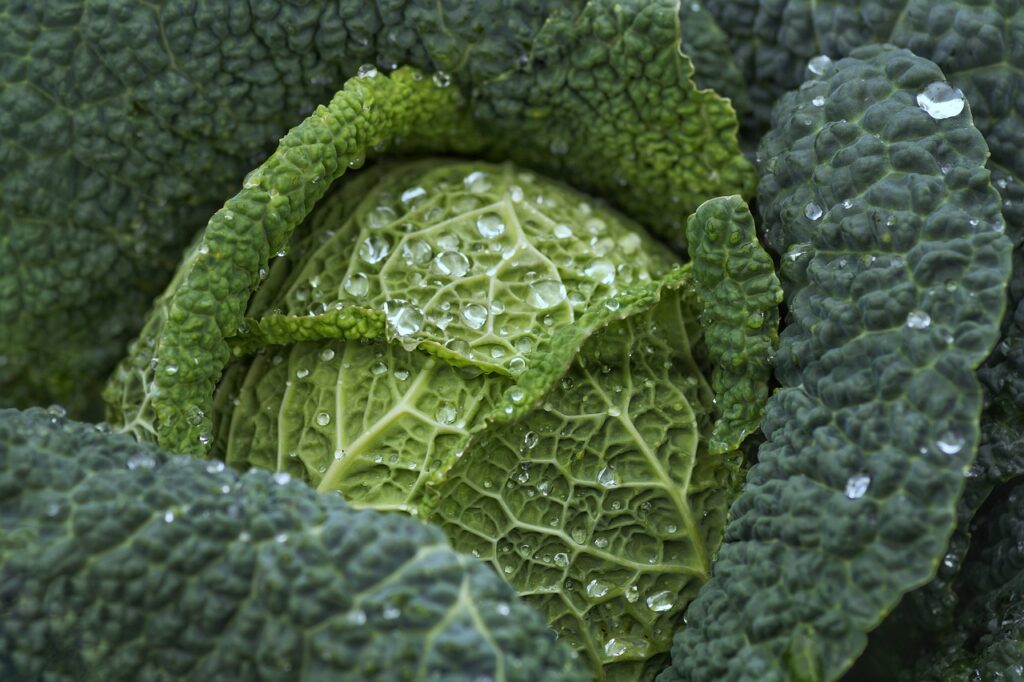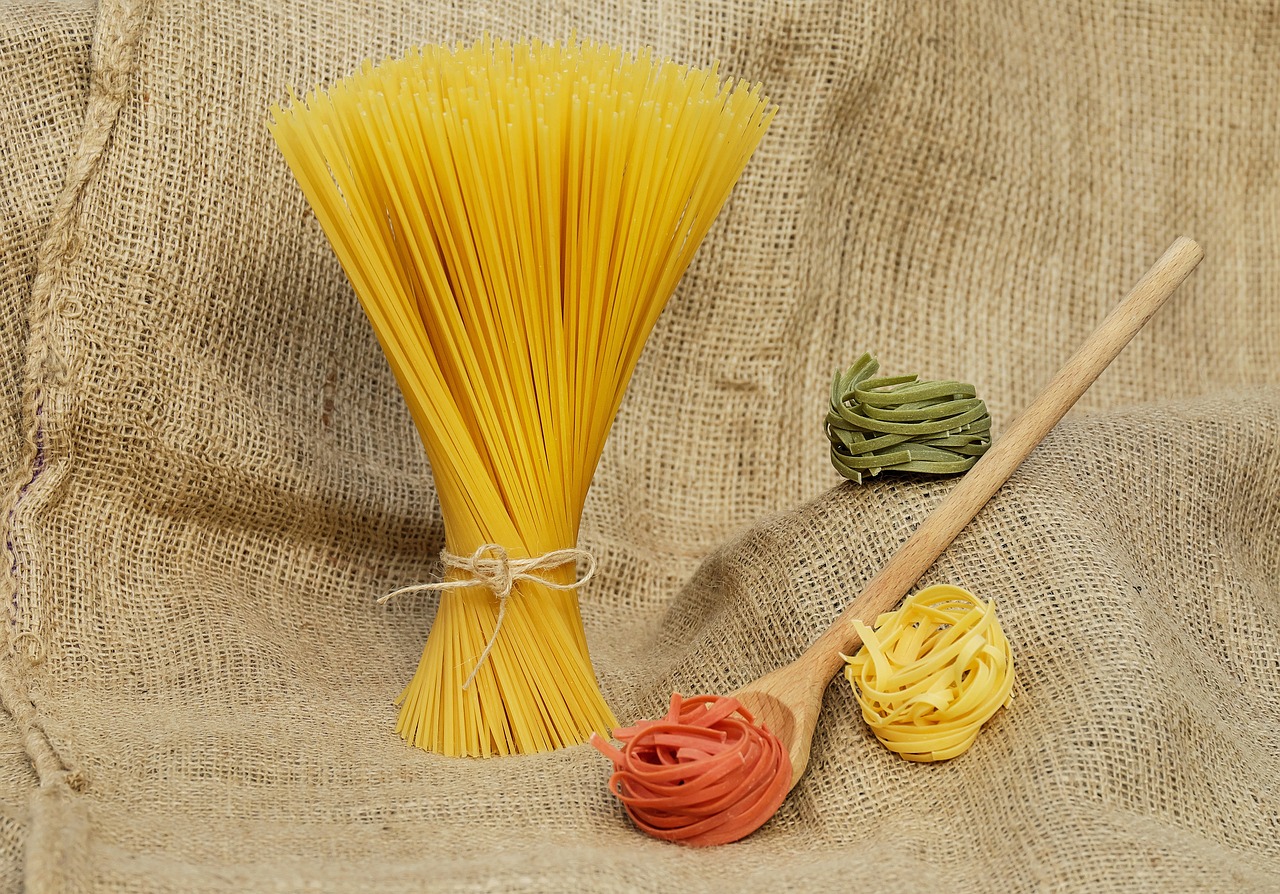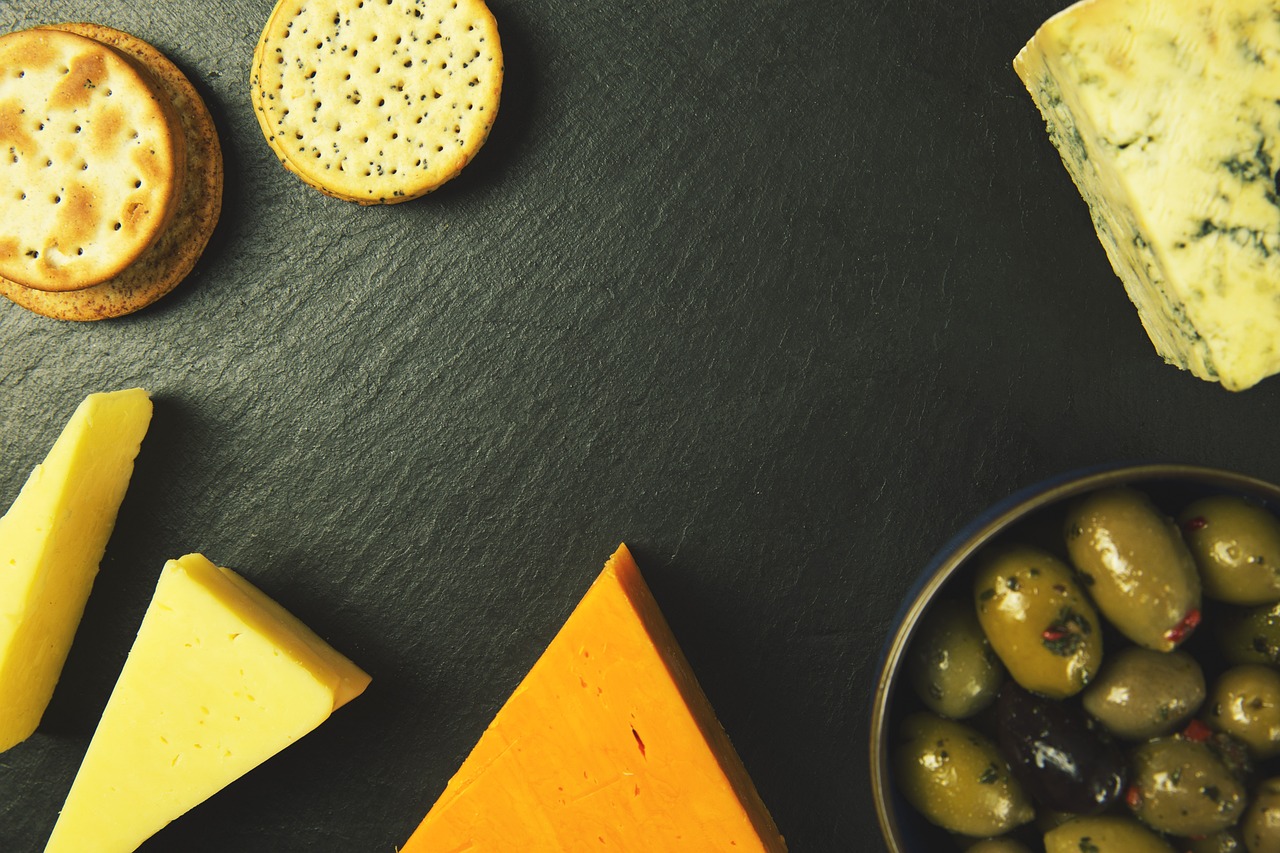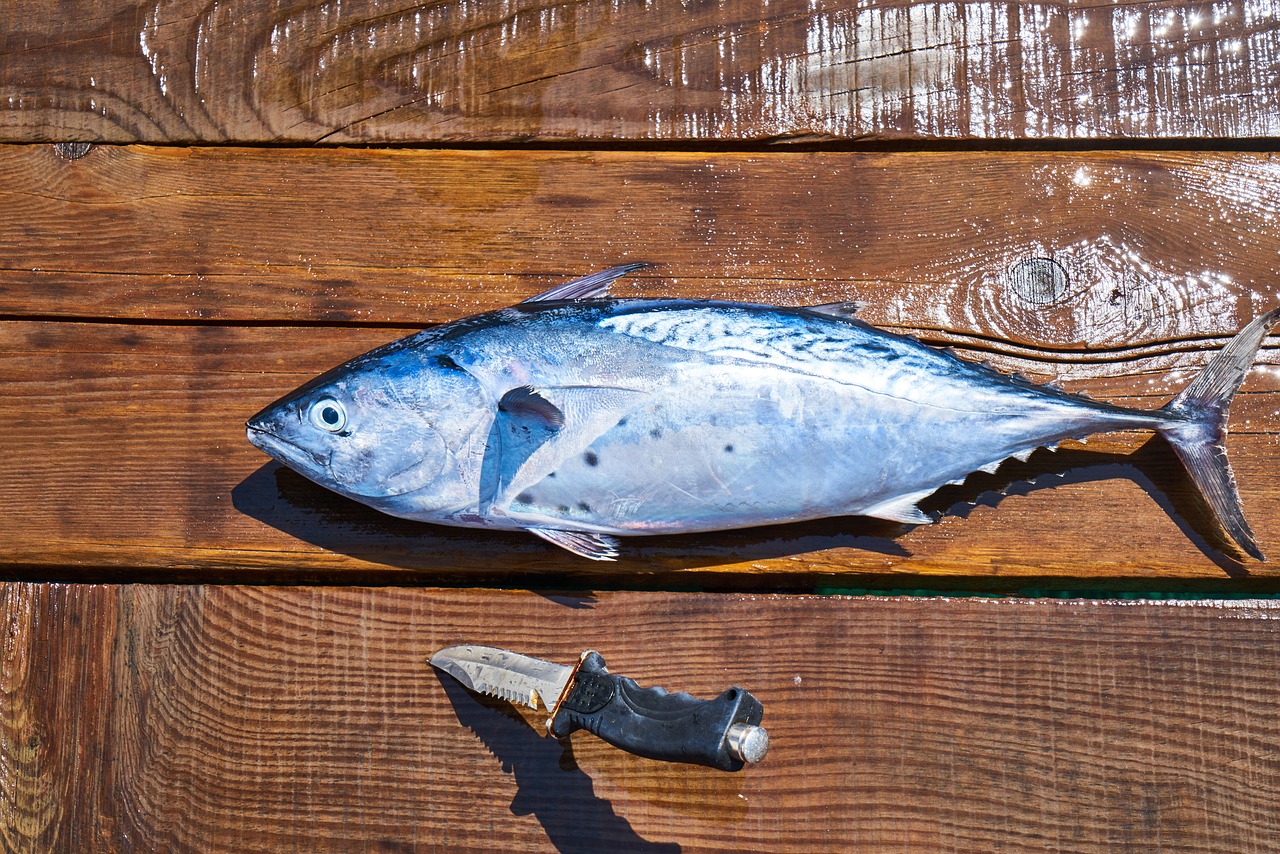As winter blankets Eastern Europe in a crisp chill, one vegetable stands out for its hardiness, versatility, and deep-rooted place in regional cuisines: cabbage. This humble yet mighty member of the Brassica family has been a staple in kitchens across Lithuania, Poland, Estonia, Latvia, and beyond for centuries. At Moon Keks, we recognize cabbage not just as a vegetable, but as a cultural icon and nutritional powerhouse that deserves a spotlight in modern cuisine.
A Family of Flavors: The term “cabbage” encompasses a variety of cultivars, each with its unique characteristics:
- Green Cabbage (White Cabbage): The most common variety, known for its pale green leaves and crisp texture.
- Red Cabbage: With its vibrant purple hues, it adds both color and a slightly peppery flavor to dishes.
- Savoy Cabbage: Characterized by its crinkly, dark green leaves, it offers a milder, sweeter taste.
- Napa Cabbage (Chinese Cabbage): Oblong-shaped with tender leaves, it’s popular in Asian-inspired dishes.
- Brussels Sprouts: Often considered “mini cabbages,” these small, round vegetables pack a flavorful punch.
Nutritional Powerhouse: Cabbage is a nutritional superstar, especially valuable during the winter months when fresh produce options may be limited:
- Vitamin C: A powerful antioxidant that supports immune function.
- Vitamin K: Essential for blood clotting and bone health.
- Fiber: Aids digestion and promotes feelings of fullness.
- Antioxidants: Including sulforaphane and kaempferol, which may have anti-inflammatory properties.
- Low in Calories: Making it an excellent choice for health-conscious consumers.
Culinary Versatility: The beauty of cabbage lies in its adaptability to various cooking methods:
- Raw: Shredded in slaws or salads for a crisp, refreshing bite.
- Fermented: As in traditional sauerkraut or kimchi, enhancing both flavor and probiotic content.
- Sautéed: Quick-cooking brings out its natural sweetness.
- Braised: Slow-cooking creates a tender, flavorful side dish.
- Stuffed: A classic preparation method in many Eastern European cuisines.
- Soups and Stews: Adds substance and nutrition to winter warmers.
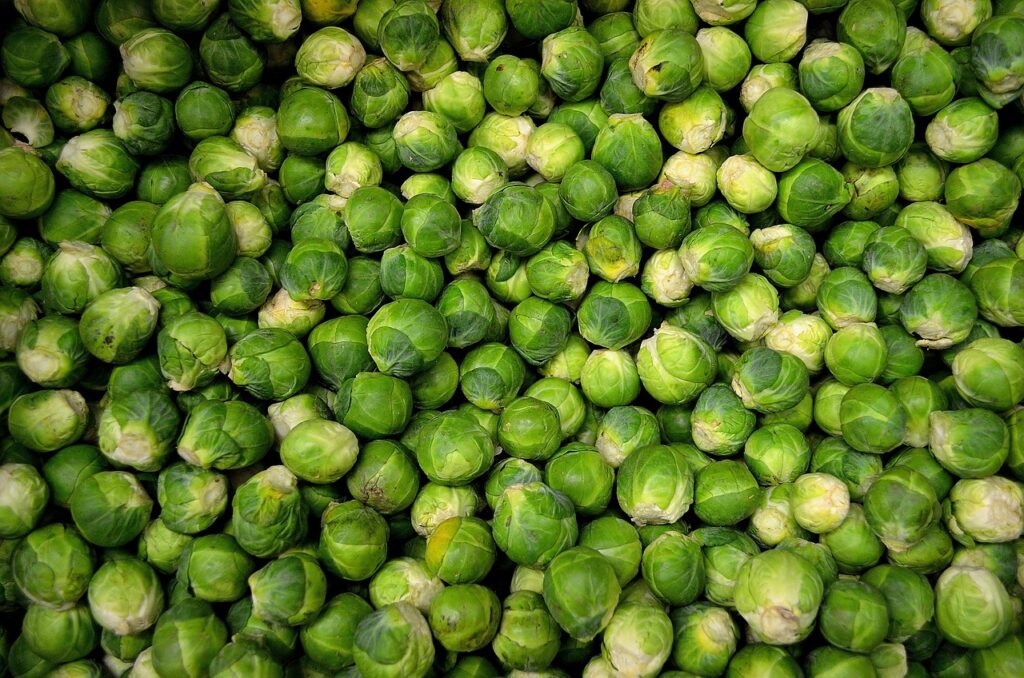
Cultural Significance in Eastern Europe: Cabbage holds a special place in Eastern European culinary traditions:
- Poland: The key ingredient in bigos, a hearty hunter’s stew.
- Lithuania: Essential in traditional dishes like kopūstų sriuba (cabbage soup).
- Estonia: Featured in suitsuliha (smoked pork) with braised cabbage.
- Latvia: A staple in skābeņu zupa, a sorrel and cabbage soup.
These dishes not only showcase the vegetable’s versatility but also its ability to absorb and complement a variety of flavors.
Sourcing and Distribution: At Moon Keks, we understand the importance of quality and freshness when it comes to cabbage. We source our cabbage from trusted farmers across Europe, with a focus on:
- Poland: Known for its vast cabbage fields and high-quality produce.
- Netherlands: A leader in innovative agricultural practices, producing crisp, flavorful cabbages.
- Germany: Renowned for its white cabbage, perfect for sauerkraut production.
Our state-of-the-art cold chain management ensures that each head of cabbage reaches our clients at peak freshness, preserving its crisp texture and nutritional value.
Storage and Handling Tips: To help our clients maximize the shelf life of cabbage:
- Store whole heads in the refrigerator, unwashed and uncut.
- Maintain optimal humidity to prevent wilting.
- For cut cabbage, wrap tightly in plastic and use within a few days.
- Avoid washing until ready to use to prevent premature spoilage.
Emerging Trends: As consumer preferences evolve, we’re seeing exciting trends in cabbage consumption:
- Fermentation Revival: A renewed interest in probiotic-rich foods has put sauerkraut and other fermented cabbage products in the spotlight.
- Cabbage as a Low-Carb Alternative: Shredded cabbage is gaining popularity as a substitute for noodles or rice in health-conscious recipes.
- Colorful Varieties: Red and Savoy cabbages are being used more frequently for their visual appeal in dishes.
- Cabbage in Fine Dining: Innovative chefs are elevating this humble vegetable to gourmet status with creative preparations.
- Sustainable Packaging: Eco-friendly packaging solutions for pre-cut and prepared cabbage products are on the rise.
Future Outlook: The future looks bright for cabbage in the food distribution industry:
- Increased demand for locally sourced, sustainable produce.
- Growing interest in heritage varieties of cabbage.
- Development of convenient, ready-to-use cabbage products for busy consumers.
- Expansion of cabbage-based meat alternatives in the plant-based food sector.
Conclusion: Cabbage, with its rich history, nutritional benefits, and culinary versatility, continues to be a cornerstone of Eastern European cuisine. At Moon Keks, we’re committed to supplying the finest cabbage varieties to our clients, supporting both traditional dishes and innovative culinary creations. As we move through the winter months and beyond, we invite our partners in the retail and hospitality sectors to explore the many possibilities this remarkable vegetable offers. From classic comfort foods to trendy health-focused dishes, cabbage is proof that sometimes, the most unassuming ingredients can have the most profound impact on our culinary landscape.

